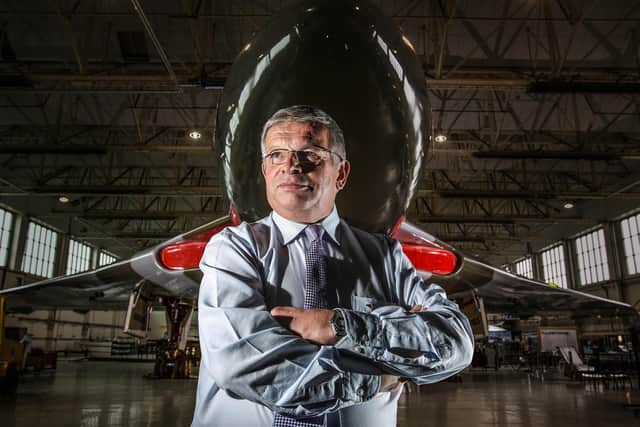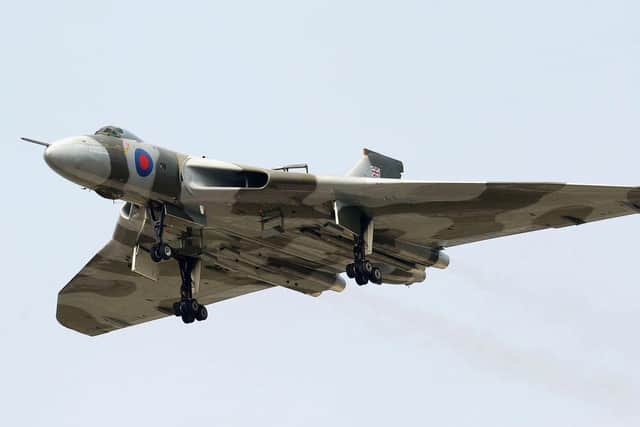Tributes after death of "true visionary" who led the restoration of the last flying Vulcan bomber
Colleagues said Dr Pleming, who died on February 2, will be remembered as a "true visionary whose determination to restore Vulcan XH558 to flight captured the hearts and minds of millions of people."
Four years after XH558 retired from RAF service in 1993, Dr Pleming and a small team started to investigate the possibility of returning it to flight.
Advertisement
Hide AdAdvertisement
Hide AdTen years and £7m later, in a triumph of British engineering, the aircraft made its first post-restoration test flight in October 2007.


XH558 went on to fly for eight more display seasons, to an estimated 20 million people across the UK.
Many in Yorkshire will have fond memories of the awesome sight it was in the air - and the sheer noise she made powered by her four Olympus turbo jet engines.
John Sharman, chair of the Vulcan to the Sky Trust said Dr Pleming's determination was "an inspiration and an exemplar of how to bring a difficult project to fruition.
Advertisement
Hide AdAdvertisement
Hide Ad“We will continue our work on his vision for the future of XH558 as an inspiration for green technology as well as an aeronautical milestone.


"His mission was to engage young people in the possibilities that a career in engineering can create to tackle the challenges facing the world today.
“Our thoughts go to his family and friends at this difficult time.”
The aircraft is unlikely ever to fly again but the organisation maintains it in taxiable condition at Doncaster Sheffield Airport.
Advertisement
Hide AdAdvertisement
Hide AdVolunteers and enthusiasts are hoping to raise £4m to build a visitor centre around the aircraft to preserve its legacy as the last of the Vulcans in military service and the last to have been airworthy.
Dr Pleming was chairman of Aviation Heritage UK, formerly British Aviation Preservation Council.
Former chairman John Berkeley said Dr Pleming had been a "lynchpin" in bringing individual air museums throughout the country to work together in a collaborative way and he would be sorely missed.
He added: "Robert will be remembered for his boundless energy in getting the Vulcan airworthy and keeping it flying for so long."
Advertisement
Hide AdAdvertisement
Hide AdDeveloped in tandem with Britain’s atomic weapons programme, the revolutionary design of the Vulcan bomber made it the last great symbol of British military history and led directly to Concorde and the Space Shuttle.
The Vulcan fleet, which numbered just 136 including prototypes, carried Britain’s strategic nuclear deterrent during much of the Cold War, and the example in Doncaster is one of the few converted for maritime reconnaissance. In 1982, it was pressed into service as an air-to-air refuelling tanker.
Comment Guidelines
National World encourages reader discussion on our stories. User feedback, insights and back-and-forth exchanges add a rich layer of context to reporting. Please review our Community Guidelines before commenting.